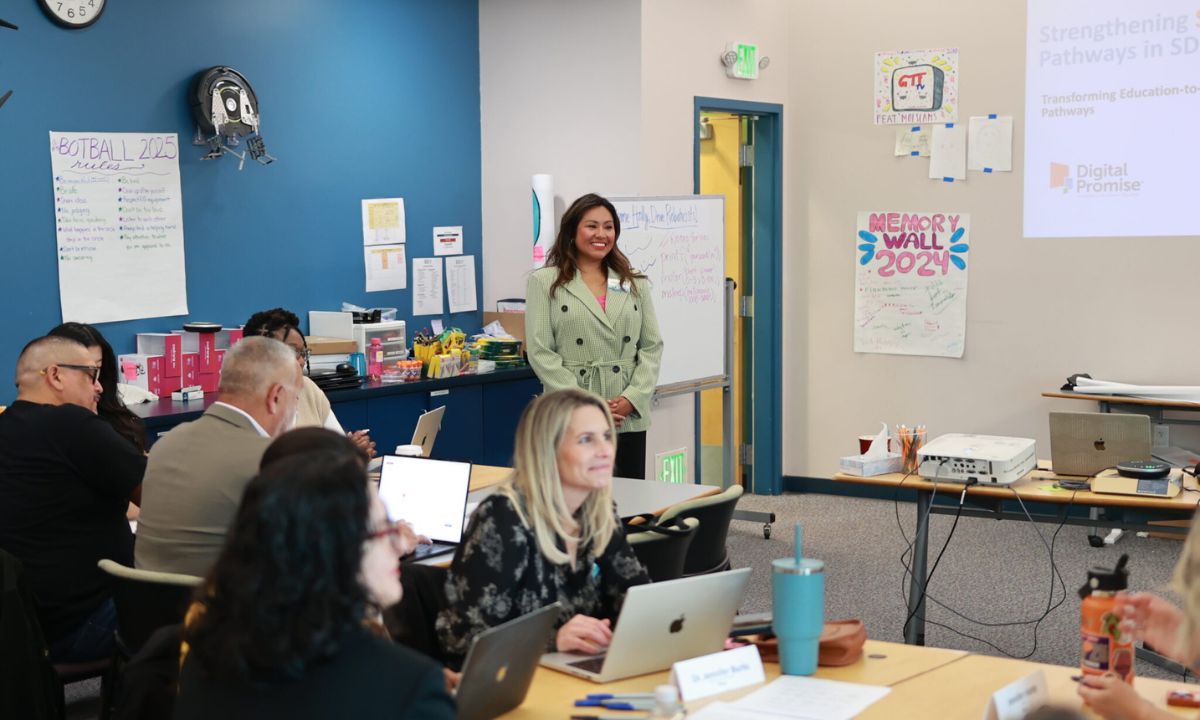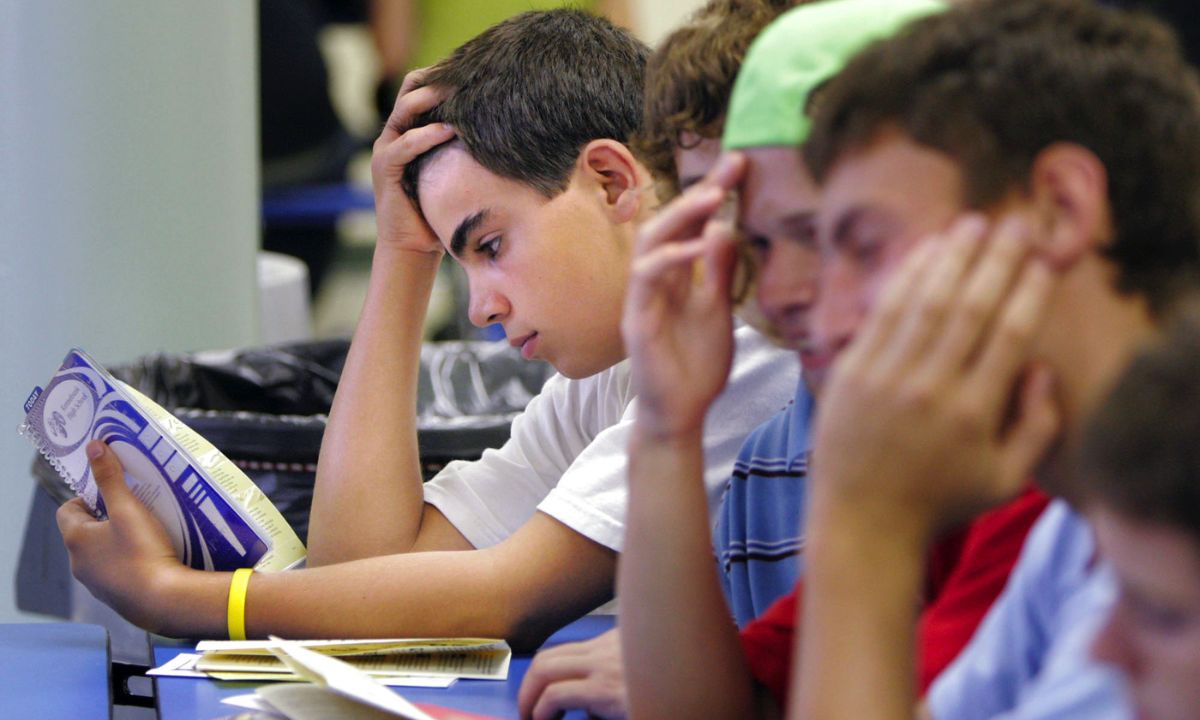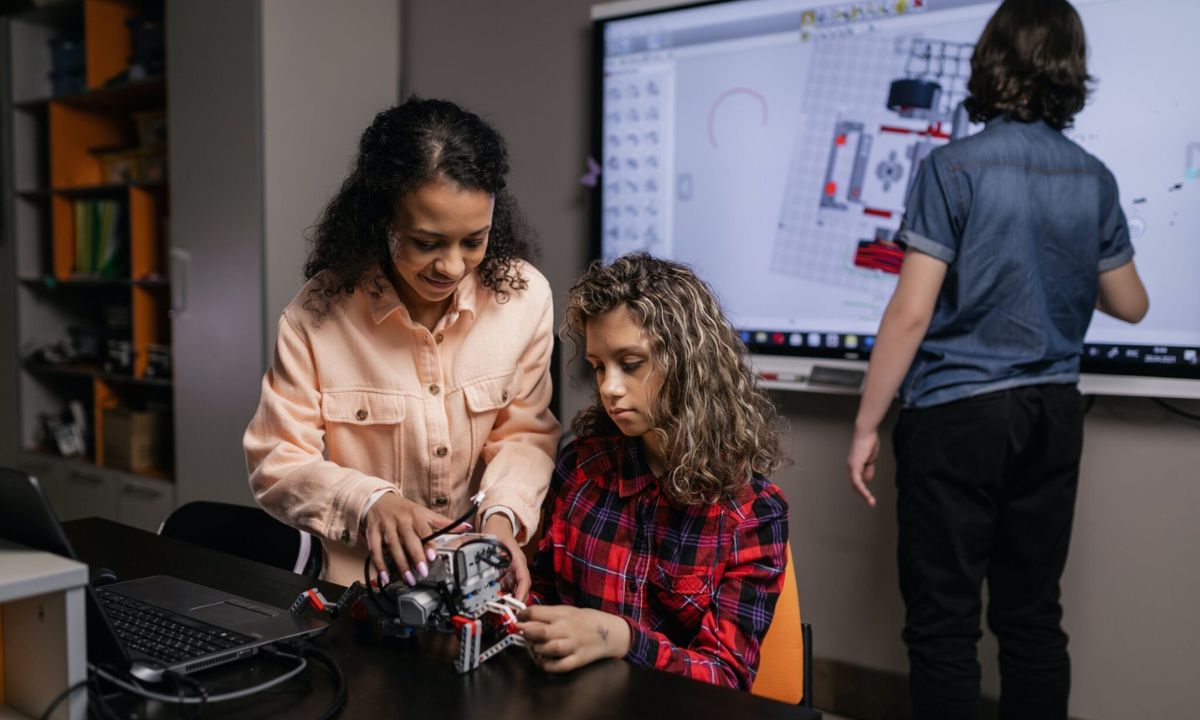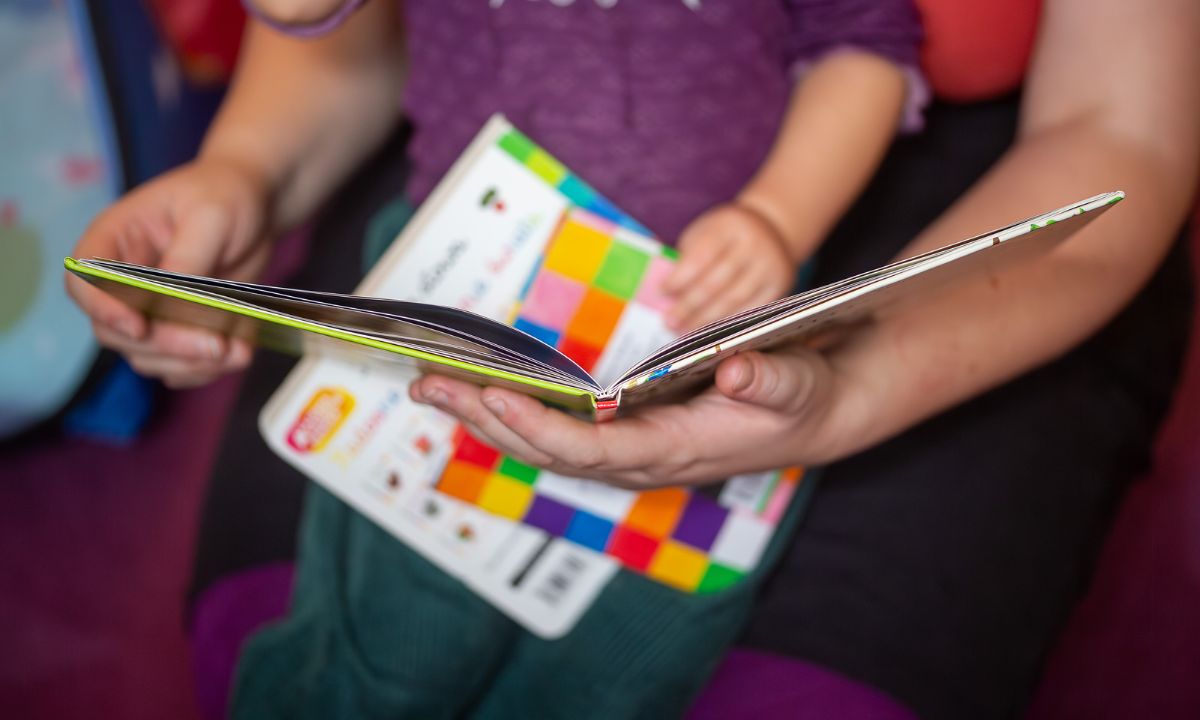Opportunities in STEM (science, technology, engineering, and mathematics) disciplines are driving San Diego’s economic growth more than ever before, offering a promising future.
However, far too many kids are losing out on chances to pursue STEM-related occupations that contribute to the development of the area.
People of color hold 65% of low-income occupations in San Diego, according to the city’s 2030 Inclusive Growth Framework. Despite the fact that Hispanic and Latino groups are expected to make up over half of San Diego County’s workforce in the future, they are underrepresented in the technology, biotech, and clean tech sectors. Meanwhile, in San Diego, a lack of skill has become the new norm.
However, by funding community-driven initiatives and cross-sector partnerships, we can buck those trends and give students more access to STEM-related opportunities.
In order to help more than 100,000 students pursue lucrative STEM professions in San Diego’s high-impact industries, we started the San Diego STEM Pathways program, which brings together a diverse group of community partners. This audacious goal is a statewide chance to match local innovation with California’s more general impact and economic objectives.
By involving many businesses in a collaborative design process, we were able to unite everyone and ultimately establish the foundation for our work in the area. Regional experts from early childhood education, K–12, postsecondary, workforce development, community-based organizations, and philanthropy comprised a 14-member team that examined the reasons behind the failure of previous partnerships and determined certain crucial elements that were absent.
Connection, trust, and co-creation are crucial to realizing our common goal of creating STEM pathways that are based on community co-design and influenced by the creativity and skill currently present in the area. By promoting systemic alignment, we hope to build on previous initiatives and increase all students’ access to opportunities. Establishing a setting where people can freely discuss difficulties is also necessary to achieve meaningful collaboration.
For months, the cross-sector team listened, learned, and recorded findings. Among the main topics that emerged were the necessity of:
- Clear communication and a deep understanding of partners motivations and aspirations.
- Aligning efforts through early and ongoing conversations with community members, students, industry leaders and local partners to co-design well-rounded STEM pathways.
We have established a space to cultivate relationships and trust, with the assistance of Digital Promise’s committed team to assist in facilitating the advisory committee and monitoring progress. (Digital Promise is a global charity that designs, studies, and scales up innovations that empower learners in collaboration with communities, educators, researchers, and technology leaders.)
Establishing trust requires preparation, consistency, and taking steps that advance a greater objective. Maintaining momentum can be achieved by showcasing a long-term vision through smaller, more gradual initiatives. Our advisers are high-level executives, therefore their advice needs to be flexible and in a collaborative environment where their contributions are respected and not burdensome. This needs constant care, particularly as we go toward a regional partnership.
Communities become co-architects of change when they feel heard, visible, and appreciated. Instead of expecting them to adjust to our needs, they are willing to participate when we interact with them on their terms and to the best of their abilities. We empower collaborators to become co-creators of change and engage at their preferred level by fulfilling their needs and meeting them where they are, whether they are prepared to work together, learn, keep informed, or actively participate.
In this way, we are creating long-lasting systems that accurately represent and meet the requirements of every student in the state of California.
Earlier this year, advisory members started working on their solution concept ideas, and they are currently preparing to launch a mini-pilot. Among their creative, neighborhood-based ideas are:
- An effort to support preschool and elementary educators with real-world training that inspires young students in math and science and sets them on a path toward future success through partnerships with local colleges, experts and community partners.
- A program that will work closely with students and families especially those experiencing housing insecurity to expand access to STEM through after-school activities, college visits and campus stays that build excitement and readiness for higher education.
- A South Bay initiative that helps students grow their interest and confidence in STEM from middle school through college by combining hands-on learning, career exploration and local partnerships to prepare them for real-world success.
- An easy-to-use online hub where families, educators and partners can find local STEM programs, support services, and ways to work together to create opportunities for all students.
More details on each of the concept concepts may be found in the initiative’s recently released report, Building Bridges: Cultivating Interconnectedness for STEM Pathways in San Diego.
The future of our effort necessitates further interaction with the parents, community members, and local leaders who are most affected. However, genuine cooperation starts with trust rather than action plans. We are continually reminded that investing in trust-building isn’t a diversion from progress; rather, it is progress as we continue to strengthen our partnership.











